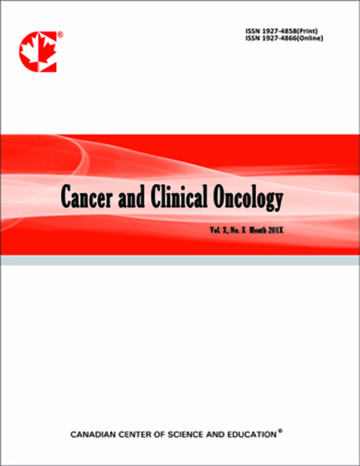Individualized Case–Control Study of Accelerated Partial Breast Irradiation by Multicatheter Intertstitial Brachytherapy in Japanese Patients with Breast Cancer
- Kazuhiko Sato
- Yoshio Mizuno
- Hiromi Fuchikami
- Masahiro Kato
- Takahiro Shimo
- Jun Kubota
- Naoko Takeda
- Yuko Inoue
- Hiroshi Seto
- Tomohiko Okawa
Abstract
Background: Breast-conserving surgery (BCS) followed by whole-breast irradiation (WBI) are the standard of care for treating early-stage breast cancer. The efficacy of accelerated partial breast irradiation (APBI) has recently been investigated as an alternative to WBI. Although we previously reported that multicatheter brachytherapy in APBI is feasible in Japanese patients, long-term data of several APBI techniques have not yet been obtained. Here we estimated the long-term efficacy of multicatheter brachytherapy in Japanese patients with breast cancer to validate its use an individualized case–control (ICC) analysis. Method: From October 2008 to March 2013, a total of 184 consequent patients with 188 tumors underwent BCS followed by multicatheter brachytherapy. A total of 120 consecutive patients (mean age, 55.1 years) with 122 tumors (pN0) who had at least 1 year of follow-up were enrolled in this analysis. Before lumpectomy, the insertion of applicators and delivery doses were simulated by computed tomography. After confirming the free margins and negative sentinel node metastases by frozen section analysis, the applicators were inserted. APBI therapy was initiated on the same day of surgery on the basis of the dose distribution analysis, at 32 Gy in 8 fractions over 5–6 days with a 2-cm tumor margin coverage. Regarding our prospective follow-up policy in this observational study, all patients had a predefined schedule including clinical examination every 3–4 months and mammography and breast magnetic resonance imaging (MRI) every 12 months. We performed ICC analysis to estimate the number of patients with ipsilateral breast tumor recurrence (IBTR). The 10-year risk of IBTR for each patient when undergoing with WBI was calculated using the web-based decision-making tool IBTR! and was adjusted during the real-time follow-up period using data obtained from an overview by the Early Breast Cancer Trialists’ Collaborative Group. Results: The median follow-up period was 3.1 years (range, 1.1–4.4 years). Most tumors (92.6%) were ?2 cm in diameter, and 89.4% were estrogen receptor-positive. Hormone therapy was administered in 86.7% and adjuvant chemotherapy in 20.0% patients. If all patients received WBI after BCS, we estimated IBTR in this group to be 1.1–2.8. Although 1 IBTR was observed, no tumor bed recurrence was recorded. Conclusions: Although this study involved only a small number of patients and short follow-up period, only 1 IBTR case was recorded, which was within the estimated range of local recurrence. Multicatheter brachytherapy using this technique may offer the same rates of local control as WBI in Japanese patients.
- Full Text:
 PDF
PDF
- DOI:10.5539/cco.v2n1p127
Journal Metrics
Google-based Impact Factor (2018): 3.94
h-index (August 2018): 8
i10-index (August 2018): 6
h5-index (August 2018): N/A
h5-median(August 2018): N/A
(The data was calculated based on Google Scholar Citations. Click Here to Learn More. )
Index
Contact
- Lexie GreyEditorial Assistant
- cco@ccsenet.org
